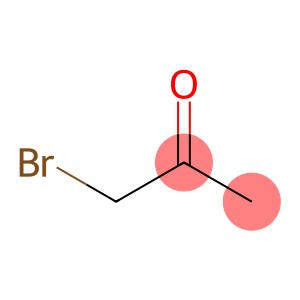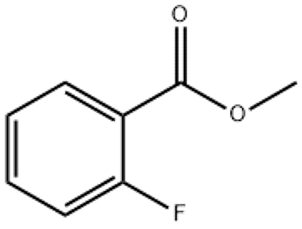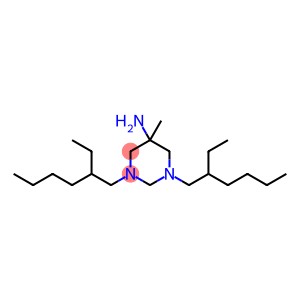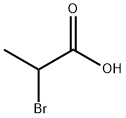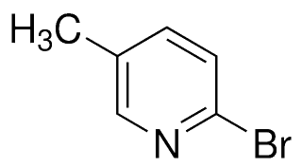bromoacetone(CAS#598-31-2)
| Risk Codes | R11 – Highly Flammable R23/24/25 – Toxic by inhalation, in contact with skin and if swallowed. R34 – Causes burns |
| Safety Description | S26 – In case of contact with eyes, rinse immediately with plenty of water and seek medical advice. S36/37/39 – Wear suitable protective clothing, gloves and eye/face protection. |
| UN IDs | 1569 |
| HS Code | 29147000 |
| Hazard Class | 6.1(a) |
| Packing Group | II |
Introduction
Bromoacetone, also known as malondione bromine. The following is an introduction to the properties, uses, preparation methods and safety information of bromoacetone:
Quality:
Appearance: colorless liquid, with special odor.
Density: 1.54 g/cm³
Solubility: Bromoacetone is soluble in many organic solvents such as ethanol and ether.
Use:
Organic synthesis: bromoacetone is often used as a reagent in organic synthesis and can be used to synthesize ketones and alcohols.
Method:
Bromoacetone is usually prepared in the following ways:
Bromide acetone method: Bromoacetone can be prepared by reacting acetone with bromine.
Acetone alcohol method: Acetone and ethanol are reacted, and then acid catalyzed to obtain bromoacetone.
Safety Information:
Bromoacetone has a pungent odor and should be used with attention to ventilation and avoid inhaling its vapors.
Bromoacetone is a flammable liquid and should be kept away from open flames and high temperatures.
Avoid contact with strong oxidizing agents to avoid dangerous reactions.
Personal protective equipment such as appropriate protective gloves, glasses, and protective clothing needs to be worn when in use.
Bromoacetone should be stored in an airtight container, away from fire and flammable materials.
Please be sure to follow proper safety procedures when handling chemicals and under the guidance of relevant professionals.


